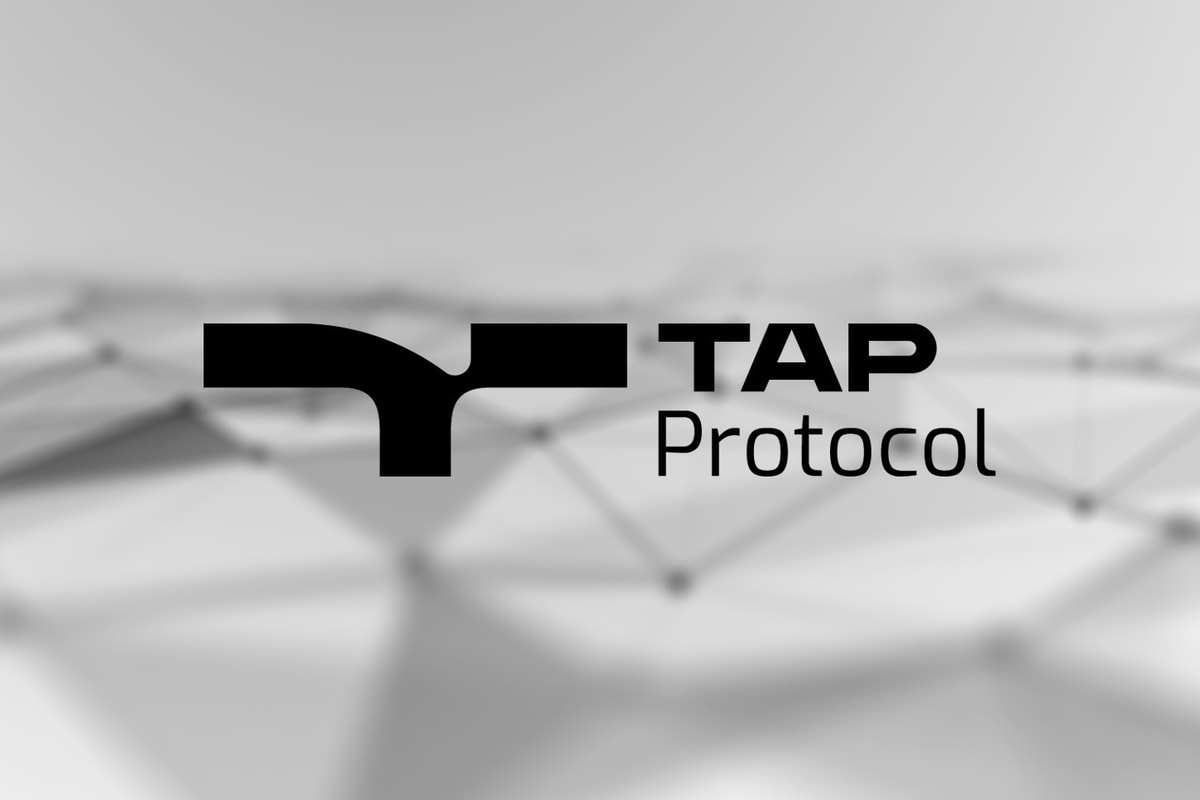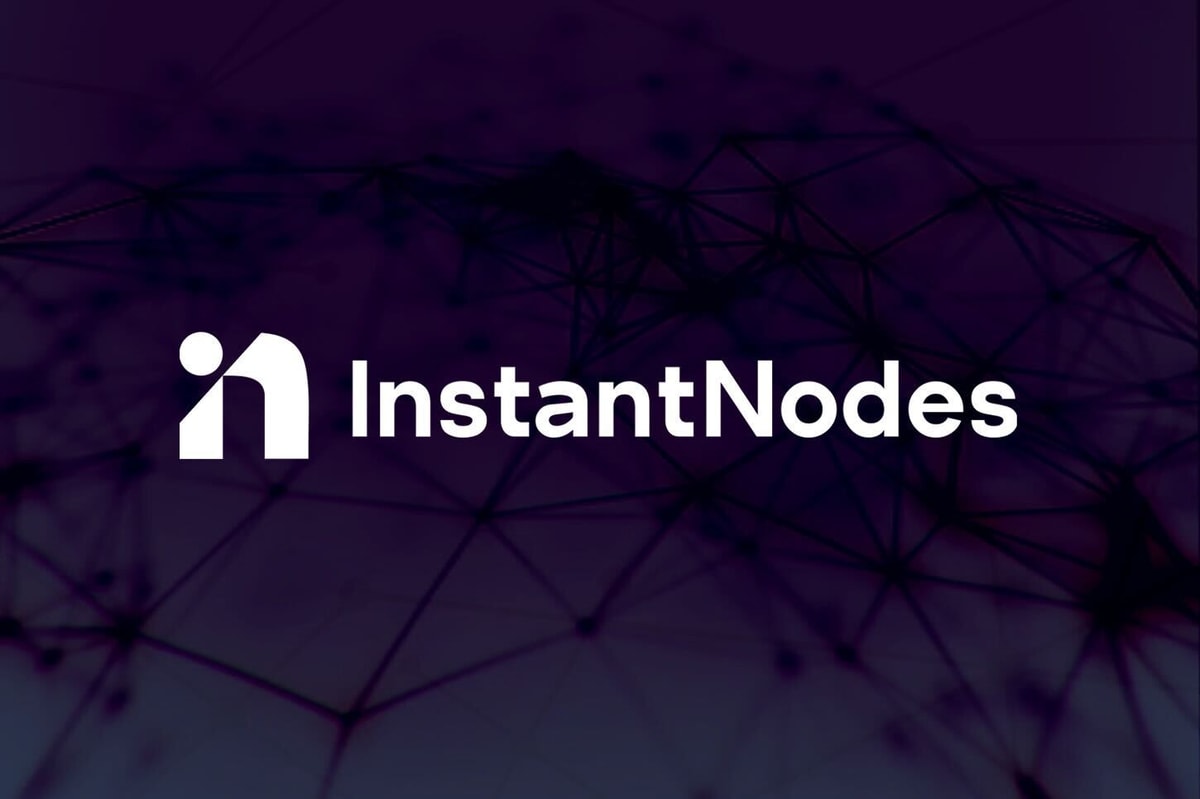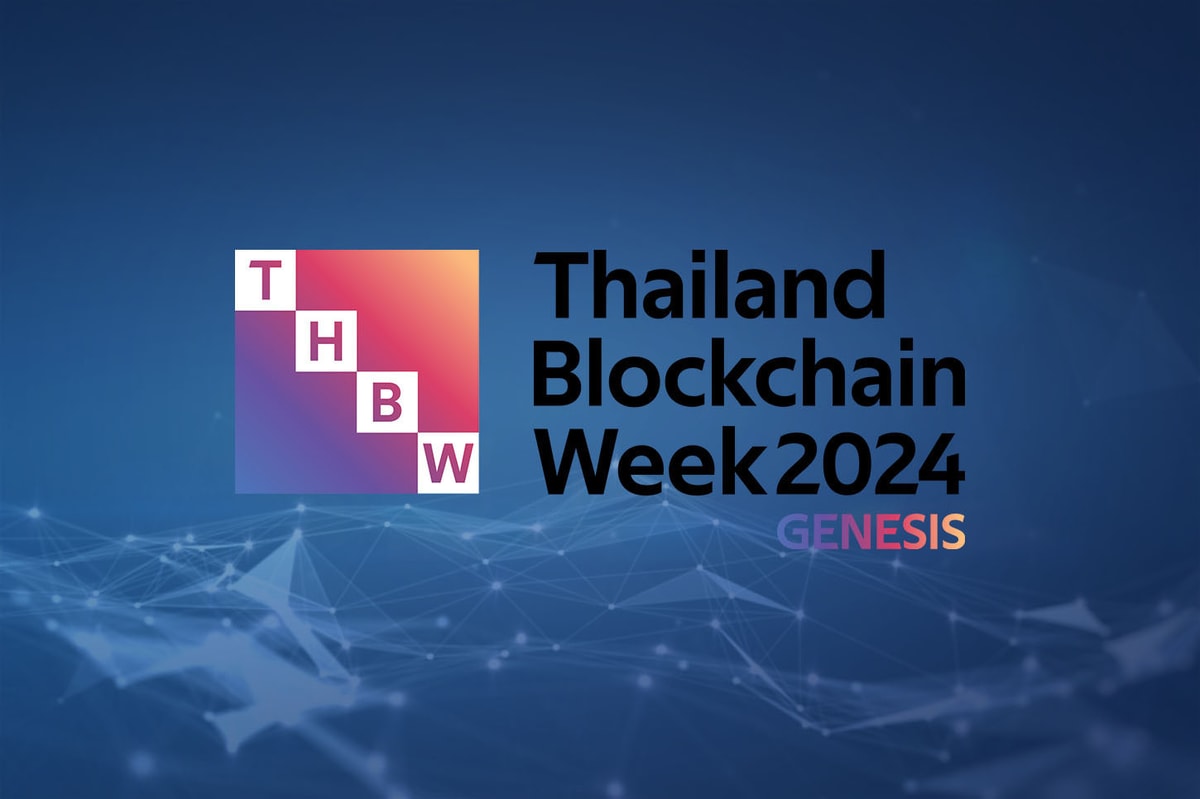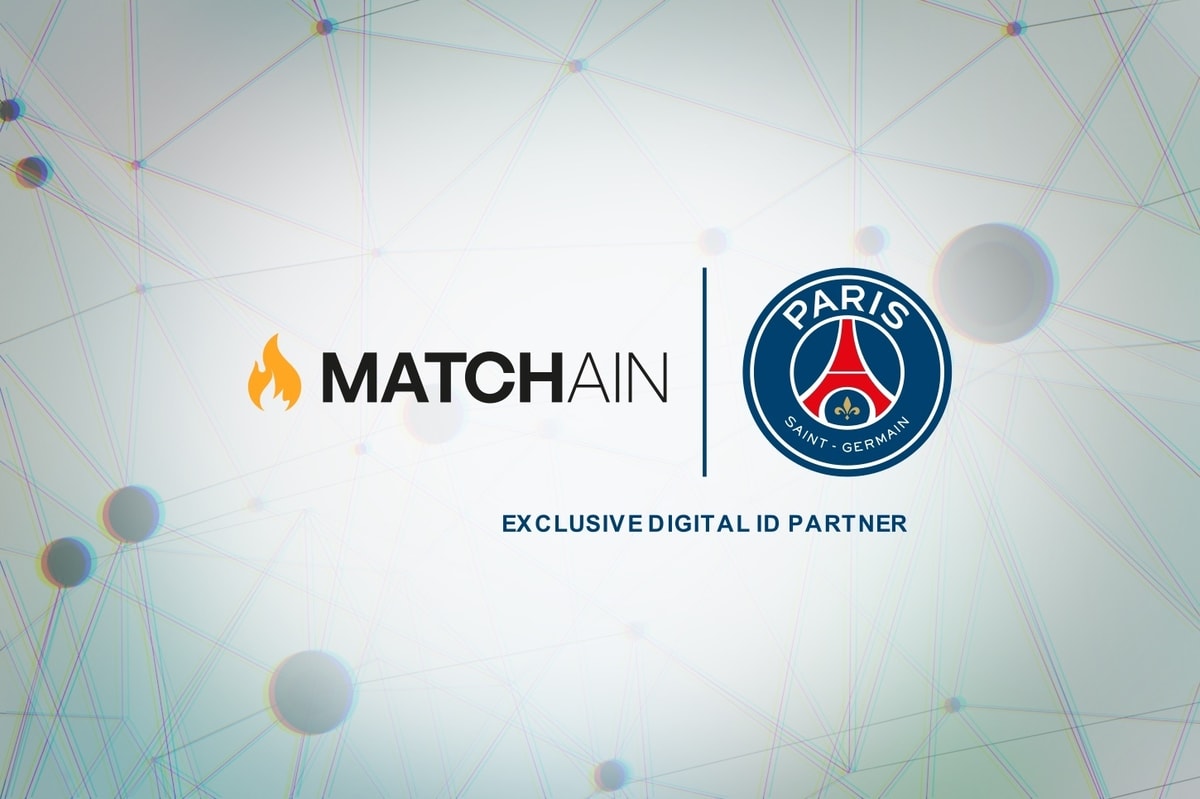Shanghai, China — On July 26, 2021, Neo, a leading community-driven blockchain platform, unveiled its roadmap for its mainnet and migration, thus marking another key milestone with the full-scale launch of the Neo N3 mainnet just around the corner. As a complete revamp and optimization, Neo N3 is designed to build an open network for the smart economy by making any asset, digital or physical, accessible by human beings and programs with minimized trust and permission.
Since Erik Zhang, the founder of Neo, first announced Neo’s plans to build N3 in July 2018, the blockchain sector has changed significantly. However, Neo’s commitment to building a smart economy has remained unwavering. Reflecting this commitment, N3 will deliver big features such as platform-native decentralized storage and oracles along with fundamental upgrades, including a revamped governance system, optimized architecture and an improved economic model. Along with N3’s best-in-class tooling system and multi-language support, these optimizations will ensure Neo N3’s position as the most ideal blockchain development platform.
With that in mind, Neo is now readying to complete the last leg of its journey toward the mainnet launch of Neo N3. To ensure a smooth and seamless transition, the rollout will include the following stages:
Formal testnet (July 20): Starting with the release of the Neo v3.0.0–RC4 codebase on July 20, Neo will then start onboarding critical components such as initial council members, NeoFS nodes and Oracle nodes. Once network stability is confirmed, the RC4 codebase will be republished as Neo v3.0.0. Moreover, Neo Council’s initial members will be onboarded during this time period while NeoFS and Oracle will be set up, and both token migration testing and application testing will start.
Mainnet setup: After RC4 is republished as Neo v3.0, or the formal testnet, the Neo mainnet will be launched with the minting of the N3 genesis block. Afterward, initial Neo Council members and node networks will be migrated from the formal testnet to the Neo N3 mainnet. In addition, Neo Foundation will begin migrating its GAS and Neo (NEO) token supply from Neo Legacy to Neo N3.
“Early bird” token migration or voting (starting one week after genesis): NEO holders who migrate early will have the opportunity to vote in Neo’s new governance system along with the chance to earn higher-than-average revenue. However, it’s also likely there will be limited N3 token support from service providers such as wallets and exchanges, meaning users might not be able to trade or exchange their tokens during this time period. Decentralized applications will also start to be migrated to the Neo N3 mainnet while developer grant programs will be relaunched.
Mass migration: By this point, all the pieces for stable operation will be in place, including operational DApps, wallets and explorers. A token migration incentive program will be launched to encourage token swaps from Neo Legacy to N3 while Neo Legacy GAS will cease to be generated from this point on.
For more details, please follow us on Twitter for the latest news.











